Red bartsia
As its name suggests, Red bartsia does have a red tinge to its stem, leaves and small flowers. Look for it on roadside verges, railway cuttings and waste ground in summer.
Want to learn more about wildlife near you? You're in the right place, search below and discover the nature you can help protect in Kent.
As its name suggests, Red bartsia does have a red tinge to its stem, leaves and small flowers. Look for it on roadside verges, railway cuttings and waste ground in summer.
Just as the bluebells finish flowering in our woodlands, the rose-red blooms of red campion start to brighten up the woodland floor. Look for this pretty plant in hedges and roadsides, too.
A familiar 'weed' of gardens, roadsides, meadows and parks, red clover has trefoil leaves and red, rounded flower heads. It is often used as fodder for livestock.
Despite the family it's from, red dead-nettle does not sting. It displays dense clusters of pinky-red flowers in whorls around its stem, and can be found on disturbed ground, such as roadside verges.
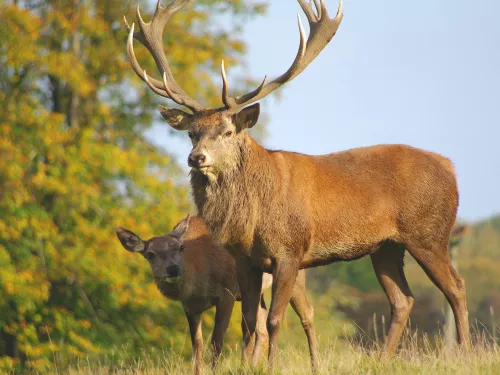
Standing proud and tall, the red deer is our largest deer. With its massive antlers, it is an unmistakeable icon of the Scottish Highlands, but can be seen in northwest and southern England, too.
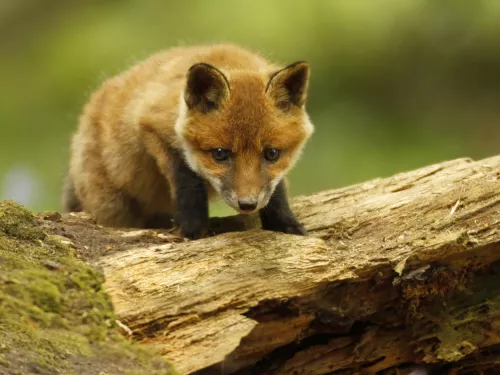
Famed for their cunning and stealth, these orangey-red dogs with their bushy tails can be seen in towns and the countryside. They come out mostly at night but can also be seen during the day if you’re lucky!
This brightly coloured and easily recognizable fish is one of three gurnard species found in UK seas. Collectively, gurnards are known as sea robins.
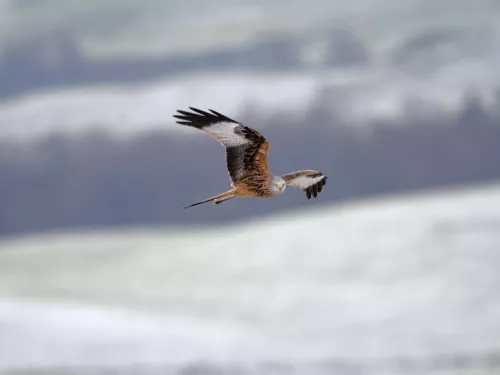
Seeing a red kite soaring high in the sky is a true delight! Once a very rare bird, thanks to successful reintroduction projects these wonderful birds can now be seen in lots of places in the UK.
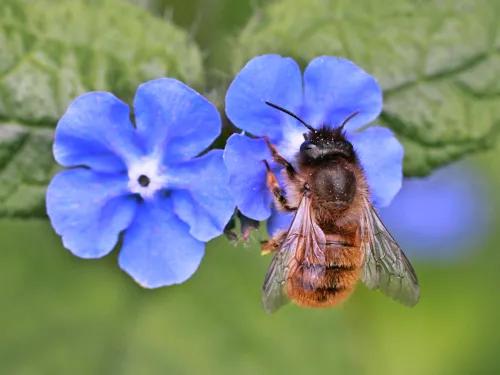
The Red Mason Bee is a common, gingery bee that can be spotted nesting in the crumbling mortar of old walls. Encourage bees to nest in your garden by putting out a tin can full of short, hollow canes.
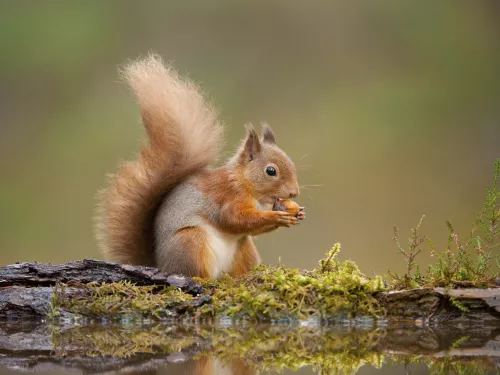
Red squirrels are native to the UK but are a lot rarer than their grey cousins. They live in a few special places across the UK thanks to reintroduction projects.
Red valerian was introduced in the 1600s from Europe, but is now naturalised in the UK. Its pinky-red flowers grow from old walls, roadside verges, railway cuttings and cliffs, and provide nectar for insects.
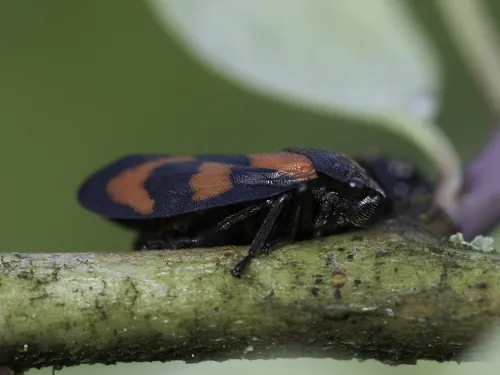
This distinctive bug is often seen basking on low-growing plants in spring and summer.